GeForce 8800 series round-up
February 20, 2007 | 15:51

Half-Life 2: Episode One
Publisher: Valve SoftwareHalf-Life 2: Episode One is the first in a series of episodes that extends the Half-Life 2 story far beyond where the original left off. Valve has implemented its HDR rendering and used it to great effect in Half-Life 2: Episode One. There are also new higher-resolution textures, new facial animations and some AI improvements made in the new game too.
Anti-aliasing and anisotropic filtering were controlled from inside the game, and thus the drivers were left set to "Application Controlled". There are three options for the method of HDR used in this title. You can either disable HDR completely, make use of "Bloom" which is just what it says and less resource hungry in comparison to "Full" which, again is just what it says. It utilises a full dynamic range with the iris effect too.
We used a timedemo from a five minute portion of the Exit 17 level. The demo involves lots of HDR, lots of explosions and both indoor and outdoor scenes. The section we have used is typical of some of the more stressful areas in the game. Thankfully though, the game runs superbly on a wide range of hardware, while still looking absolutely stunning.


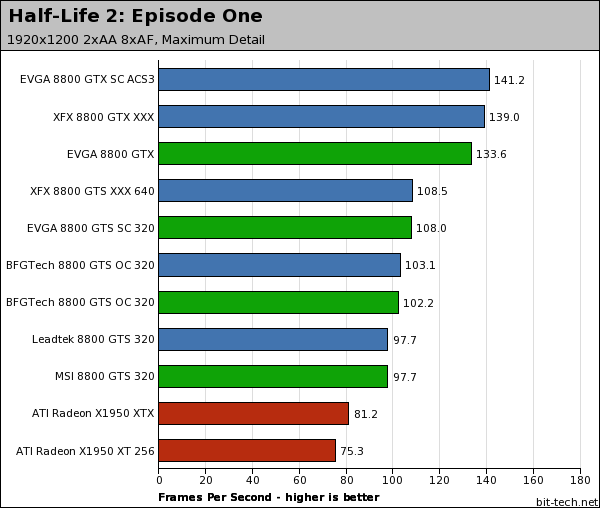
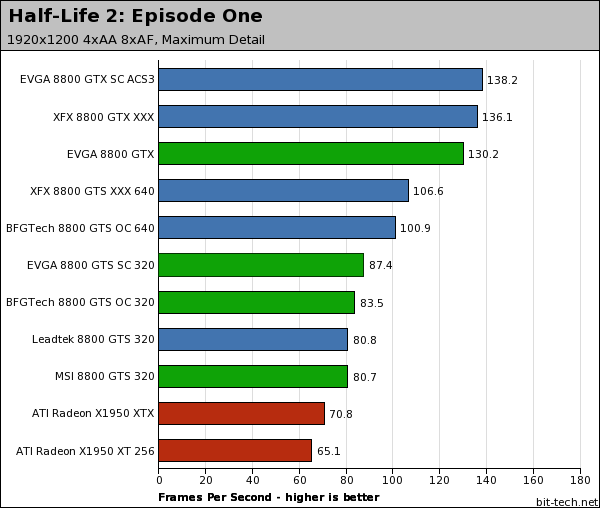
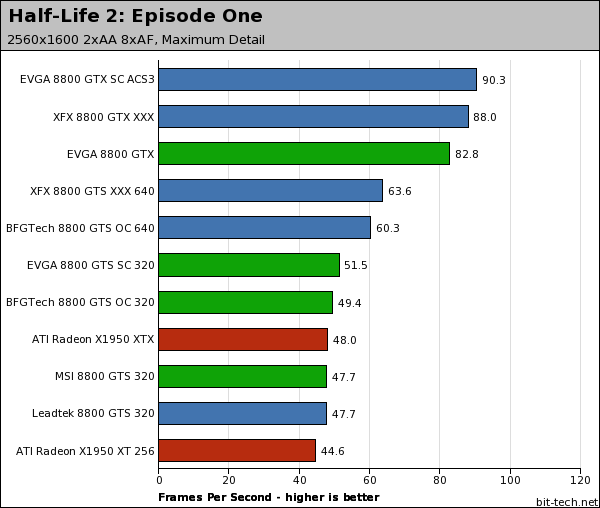
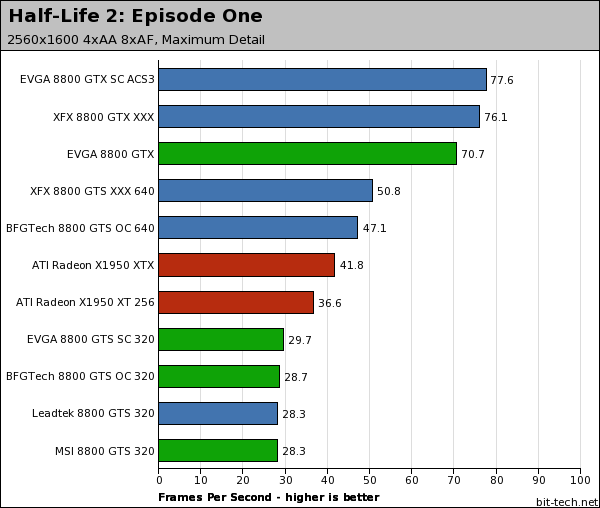
The extra 320MB of memory on the two 640MB GeForce 8800 GTS cards starts to make a difference at 1920x1200 4xAA 8xAF. While you'll be able to tell the difference between 320MB vs. 640MB, you're not going to be able to tell the XFX and BFGTech cards apart in Half-Life 2: Episode One. The average frame rates are too close for there to be any gameplay benefits with XFX's card, even at 2560x1600.
Leadtek's 320MB GeForce 8800 GTS holds up well until you get to 2560x1600. That's true of all GeForce 8800 GTS 320MB cards though, because they're best suited to playing games at resolutions at or below 1600x1200. At higher resolutions, you're going to run into a roadblock in some of the more graphically intense titles.

MSI MPG Velox 100R Chassis Review
October 14 2021 | 15:04

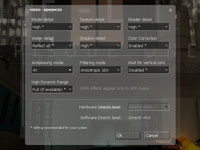







Want to comment? Please log in.